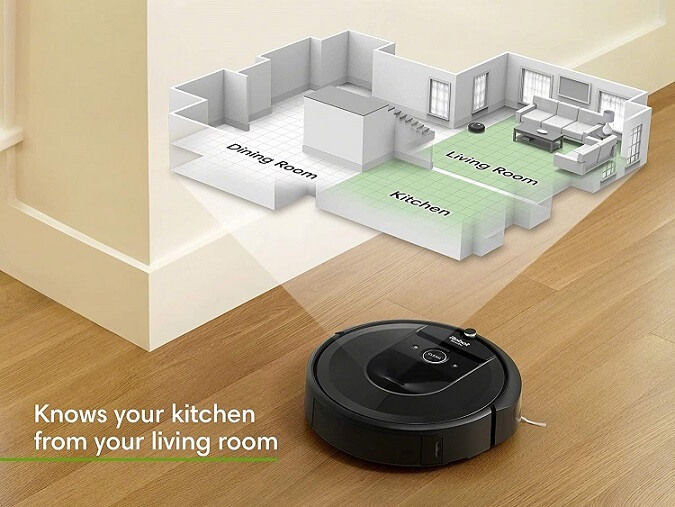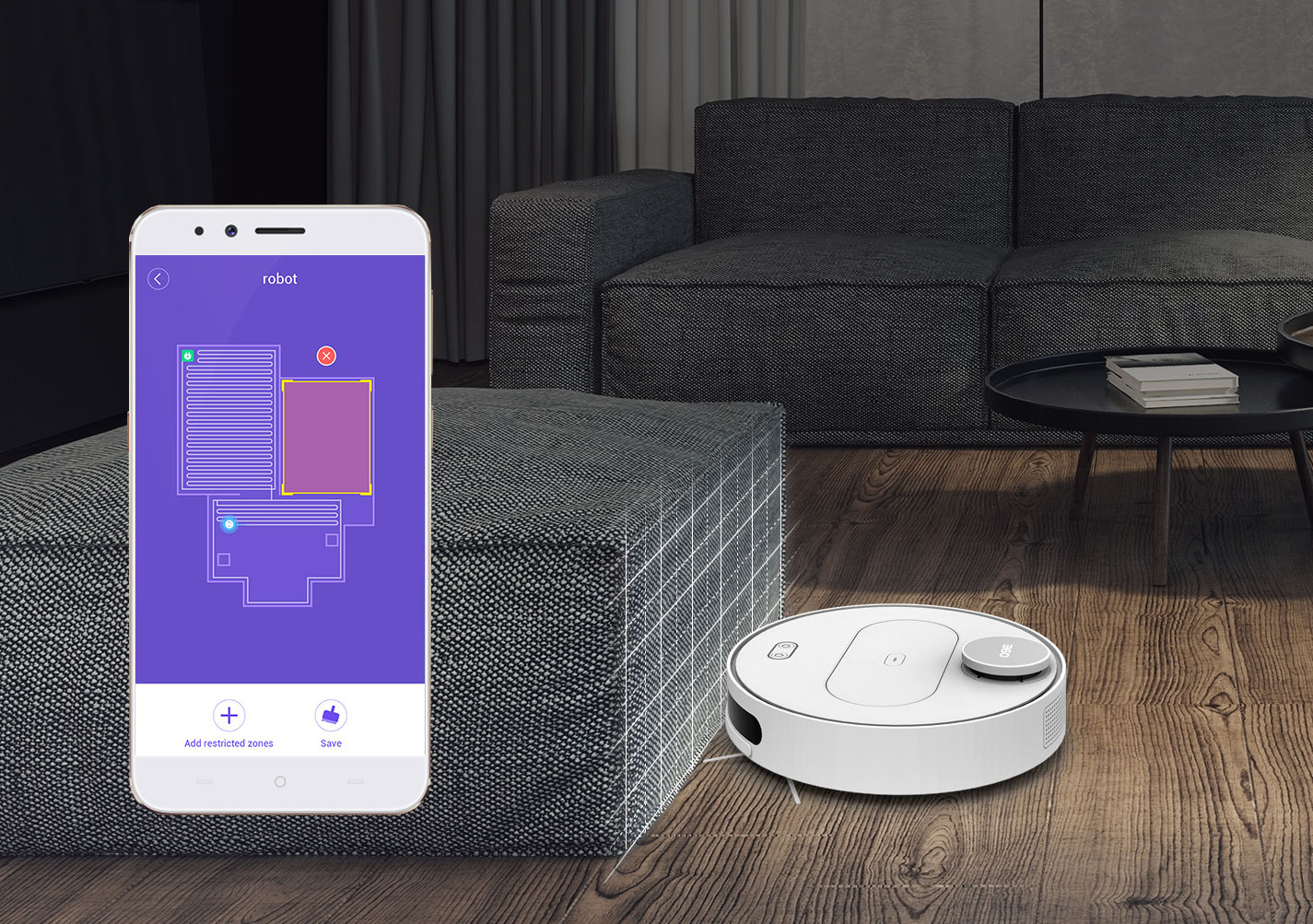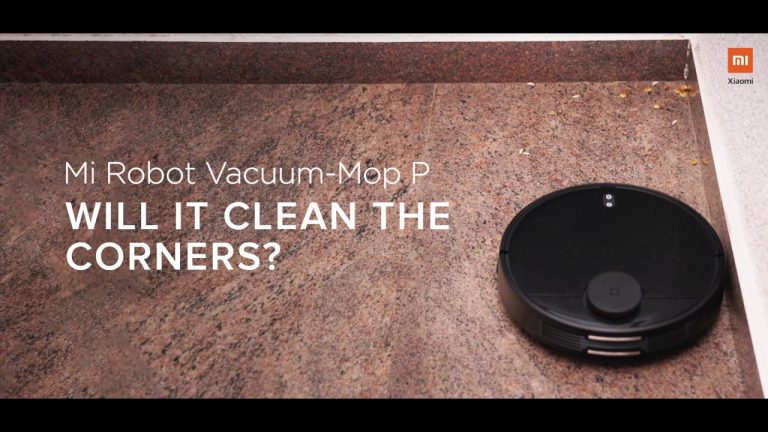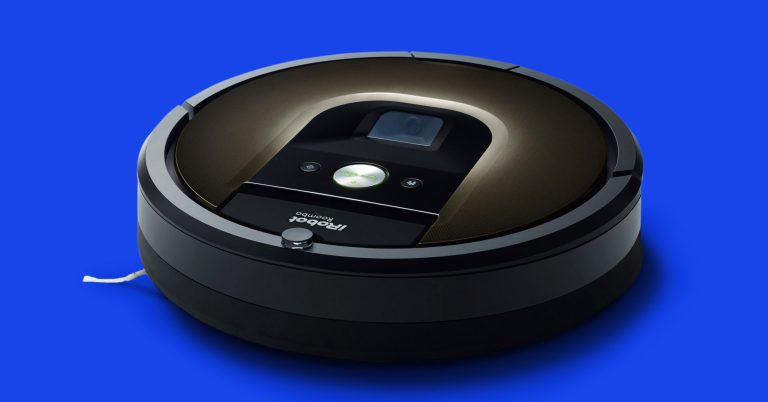How Do Robot Vacuums Map Your House?

Robot vacuums have been around for a few years now and they are becoming increasingly popular. Many people are intrigued by the idea of a vacuum that can clean your house without you having to lift a finger. But how do these robot vacuums map your house?
Most robot vacuums use lasers or optical sensors to map out your home. They create a virtual map of your home as they clean, which allows them to know where they have already been and where they need to go next. This mapping process is what enables robot vacuums to clean your entire house effectively without getting lost or missing any spots.
Robot vacuums are becoming increasingly popular, and it’s no wonder why. They offer a convenient way to keep your floors clean without having to lift a finger. But how do these nifty little machines map your house?
Most robot vacuums use lasers or cameras to create a map of their surroundings. This helps them determine where they’ve been and where they need to go next. Some models even allow you to view the map on your smartphone so you can see just how well your vacuum is doing.
While mapping may seem like a complex process, it’s actually quite simple. The vacuum scans its surroundings and creates a virtual map that it then uses to navigate your home. This ensures that it doesn’t miss any spots and that your floors are always clean.
So there you have it! That’s how robot vacuums map your house. Now you can rest assured knowing that your floors are in good hands (or rather, in good wheels).
How to set up iRobot Roomba vacuums & mops to map different floors
How Long Does It Take for a Robot Vacuum to Map Your House?
Most robot vacuums on the market today use laser mapping technology to create a virtual map of your home as they clean. This process usually takes between 30 and 60 minutes, depending on the size and layout of your home.
Laser mapping allows the vacuum to create a detailed, 3D map of your home so it can more effectively navigate and clean your floors.
The benefit of this technology is that it allows the vacuum to clean in a more efficient pattern, covering all areas of your home evenly.
If you have a large or complex home, it may take the vacuum slightly longer to map out all of the rooms and create an effective cleaning pattern. However, once the initial mapping is complete, most robot vacuums are able to quickly and easily navigate their way around your home without any issue.
Is Mapping Necessary for Robot Vacuum?
Robot vacuums have come a long way in recent years. Many models now boast advanced features like mapping and smart navigation that make them more efficient at cleaning your home. But is mapping really necessary for a robot vacuum?
The short answer is no, mapping is not absolutely necessary for a robot vacuum. Some lower-end models may not offer mapping capabilities, but they can still do a decent job of cleaning your floors. However, if you want the best possible performance from your robot vacuum, then mapping is definitely worth the investment.
Mapping allows your robot vacuum to create a virtual map of your home as it cleans. This map can be used to plan out more efficient cleaning routes and avoid areas that have already been cleaned. As a result, mapped vacuums are able to clean your home more quickly and thoroughly than non-mapped vacuums.
In addition, many mapped vacuums also offer other advanced features like room identification and selective cleaning modes. These features can further improve the efficiency of your robot vacuum and help you customize its cleaning performance to better suit your needs.
So if you’re looking for the best possible clean from your robot vacuum, then a model with mapping capabilities is definitely the way to go.
Just be sure to read up on all the different features offered by each model before making your final decision!
How Does an Irobot Roomba Map Your House?
When you purchase an iRobot Roomba, you’re not just buying a regular vacuum cleaner. You’re also investing in a nifty little device that has the ability to map your entire home. Here’s how it works:
The Roomba uses sensors to detect obstacles and navigate around them. It also has two cliff sensors that help it avoid falling down stairs. As the Roomba moves around your home, it creates a map of the layout using these sensors.
This map is then stored in the Roomba’s memory so that it can remember where it has been and where it needs to go next. This is especially useful if you have a large home or multiple floors, as the Roomba can keep track of which areas have been cleaned and which still need to be tackled.
To view your home’s map, simply connect your Roomba to the iRobot HOME App.
From there, you’ll be able to see a real-time representation of where the Roomba has cleaned as well as any no-go zones that you’ve created (e.g., areas with fragile items that shouldn’t be disturbed).
So there you have it! That’s how an iRobot Roomba maps your house.
By using sensors and storing data in its internal memory, this little device is able to create a detailed cleaning plan for your entire home – no human input required!
How Does Roomba Decide Where to Go?
Most Roomba models use a combination of sensors to navigate your home. These include optical and acoustic sensors that help the robot avoid obstacles, as well as dirt detectors that help it focus on areas that need cleaning.
Roombas also have edge sensors that allow them to clean close to walls and furniture.
Some models also come with virtual wall units that you can place in strategic locations to limit where the Roomba can go.
When it’s time to clean, the Roomba will start by going around the perimeter of the room to get a sense of the layout. It will then proceed to clean in a back-and-forth pattern until it has covered the entire area.

Credit: smartrobotreviews.com
How Does Robot Vacuum Mapping Work
Robot vacuum cleaners are becoming increasingly popular, due in part to their convenience and effectiveness. But how do they work?
Most robot vacuums use what is called SLAM (simultaneous localization and mapping) technology to clean your floors.
This involves using sensors to create a map of your home as it cleans.
The sensors on a robot vacuum can include lasers, cameras, or sonar. These sensors help the vacuum create a virtual map of your home by detecting obstacles and changes in the environment.
The vacuum then uses this map to navigate its way around your home, avoiding obstacles and cleaning effectively.
Some higher-end models even allow you to view the map that the vacuum has created of your home. This can be useful if you want to see where the dirtiest areas are or check that the vacuum has cleaned every corner of your home!
Conclusion
Robot vacuums have become increasingly popular in recent years, as they offer a convenient way to keep your floors clean. But how do these devices actually work?
One key feature of most robot vacuums is their ability to map your house.
This allows them to create a virtual layout of your home, which they can then use to navigate and clean more effectively.
There are several different ways that robot vacuums can map your house. The most common method is using sensors to detect objects and walls.
The vacuum will then create a map based on these obstacles.
Some higher-end models also come with cameras that can be used for mapping purposes. This allows for a more accurate representation of your home’s layout, as well as the ability to create custom cleaning paths.
Overall, mapping is a crucial feature for robot vacuums, as it allows them to clean more efficiently and avoid getting stuck or lost.


